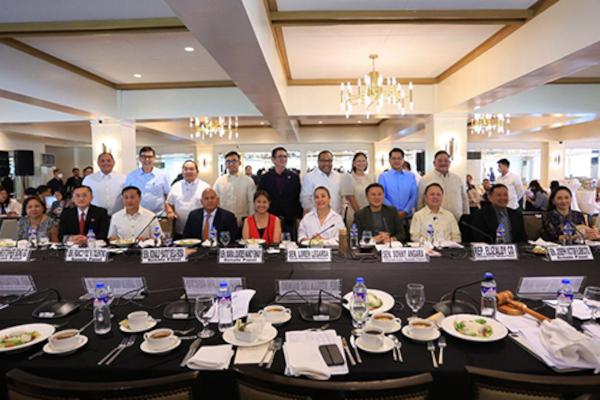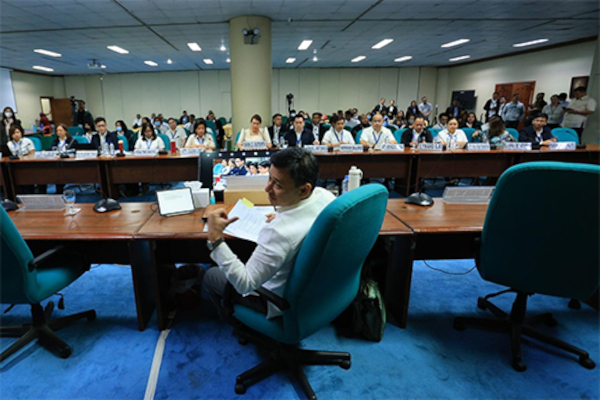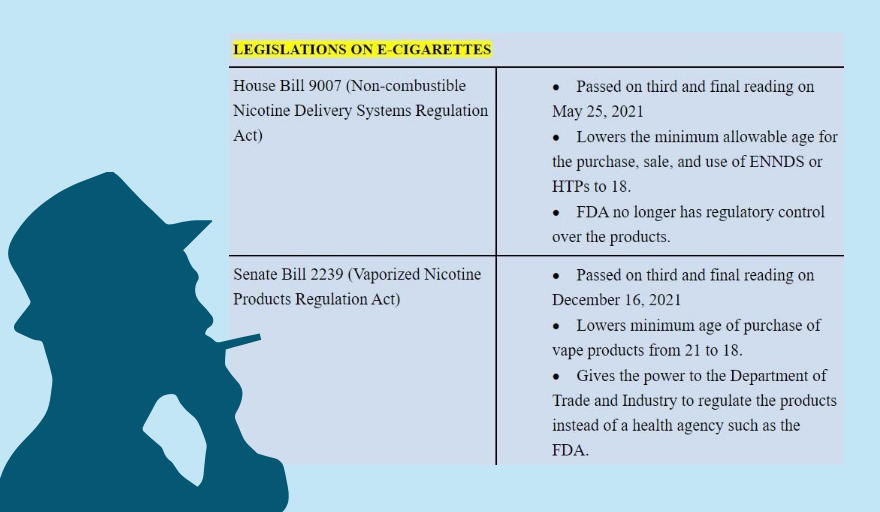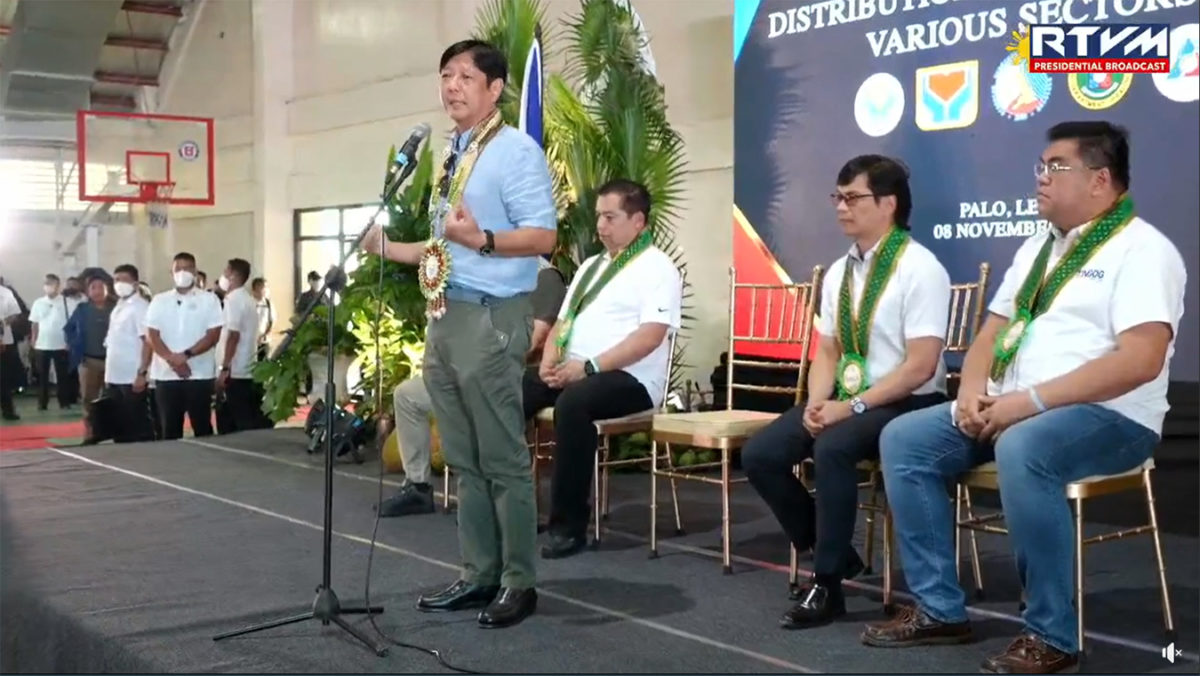What started out 35 years ago with a little more than P2 billion of the so-called pork barrel funds in the national government annual spending program has now ballooned to half a trillion pesos a year. It isn’t only due to inflation. It’s primarily because of the insatiable greed of people abusing the congressional power of the purse.
In the 15 years that I was assigned to cover the House of Representatives, from 1992 to 2007, I didn’t observe such brazen mangling of the budget as they have done in the past three years. In those years, Congress hardly made substantial changes to the budget submitted by Malacañang, giving an impression that it somehow surrendered the power of the purse to the executive department.
If at all, the amendments involved insignificant amounts here and there, but still kept intact major allocations as drafted by Malacañang to ensure that public funds were aligned with the president’s macroeconomic programs.
Insertions in the annual budget are not new. Over the years, some lawmakers got increasingly bolder in tinkering with the appropriations measure, prompting budget and finance experts and veteran legislators to describe the current year’s General Appropriations Act as the most corrupt ever.
Before the flood control scandal, there was no distinction between an amendment and an insertion. Both refer to changes in the budget allocations, whether during the public committee hearings, plenary deliberations, or in the bicameral conference committee. An amendment or insertion was deemed to be a legitimate exercise of the legislators’ power of the purse.
It is only lately that the media and other non-legislators are differentiating insertions from amendments, defining insertions as the changes in the spending program “done in secret” during the bicam conference, while amendments are done openly during committee or plenary sessions.
“Pareho po iyan: amendment or insertion. Insofar as the grant of the power is concerned, an insertion in the budget is an amendment in ordinary legislation, but both are passed by Congress in its power to legislate,” said former senator Franklin Drilon, a four-term senator who served as Senate president three times.
“But in the implementation of these amendments or insertions nagkaloko-loko na, because, No. 1, the plenary or the bicam itself should not have approved such insertion. No. 2, even assuming that the system of scratch my back I’ll scratch yours prevails, when it gets to the president, the president has the power to exercise a line item veto, meaning that a particular item is vetoed instead of vetoing the whole GAB, or mark it for later release, or FLR. In these two cases, the amendment or insertion does not work. No. 3, if it fails, then you have the agencies such as the Ombudsman and the Commission on Audit who are supposed to check on these,” he explained in a recent interview on television. “The error or the failure is in the people manning the system,” Drilon said.
The first time I heard of the term budget insertions was about 30 years ago, during the Ramos administration. It referred to funding provisions for projects or programs identified by congressmen in the General Appropriations Bill. The insertions were over and above what was then called the Countrywide Development Fund (CDF).
I think that was when allies of the late former president Fidel Ramos were trying to amend the 1987 Constitution so he could seek reelection by removing the elective officials’ term limits.
Those insertions were on top of the CDF of P12.5 million for each congressman, including party-list representatives; P18 million for each senator; and P20 million for the vice president. Lawmakers considered the CDF as an “equalizer” because all of them got the same amount.
The CDF actually became part of the GAA during the Cory Aquino presidency. In reaction to complaints from the Visayas and Mindanao regions that the national government budget was Luzon-centric, the 1989 GAA included lump sums of P480 million and P240 million for a Mindanao Development Fund and a Visayas Development Fund, respectively, to fund development projects.
However, congressmen from Luzon and the senators demanded that they, too, be given similar funding. So, the CDF appeared in the 1990 GAA with P2.3 billion for “small local infrastructure and other priority community projects.”
In those days, the insertions were tucked into lump sum appropriations such as the Department of Education’s School Building Fund, the Congressional Initiative Allocations, the Public Works Fund, the El Niño Fund, and the Poverty Alleviation Fund. In implementing the insertions, the agencies were supposed to consult the district congressmen, who had a say on how, where, and when the funds should be spent. The amounts varied, depending on the lawmaker’s bargaining skills with government agencies for funding their pet projects in their respective districts.
Under the Marcos administration, congressional budget insertions were lodged in lump sums for “ayuda” such as the P44.75 billion Assistance to Individuals in Crisis Situations (AICS) and P26.16 billion Ayuda sa Kapos ang Kita Program (AKAP) under the Department of Social Welfare and Development; P18.29 billion Tulong Panghanapbuhay sa Ating Disadvantaged Workers Program (TUPAD) under the Department of Labor and Employment; and the P41.16 billion Medical Assistance for Indigent Patients (MAIFIP) under the Department of Health.
Amendments or insertions, or “ayuda” for that matter, are not bad in themselves. Funding for flood control, roads, bridges and other hard infrastructures is necessary, but it becomes wrong when it turns into a source of corruption and is taken advantage of by people in power with vested interests. What’s worse is that projects are not even started, and the corrupt legislators and their corrupt officials and private sector conspirators pocket the whole budget allocation, leaving the intended beneficiaries in worse situations.
To be continued on Oct. 20: Pork by any other name would stink just as bad
The views in this column are those of the author and do not necessarily reflect the views of VERA Files.
This column also appeared in The Manila Times.





